In the beginning, it was the Blade, a concept hypercar featuring the first fully 3D printed frame and a number of other 3D printed parts. That early concept was used by the startup Divergent 3D to raise funds and acquire multiple production metal 3D printers from SLM Solutions; today it has evolved into the Czinger 21C a finished hypercar, the first such vehicle ever built using no tools and featuring an unprecedented number of fully 3D printed parts.
Like so many other companies in 3D printing, Divergent 3D was launched in 2014 as a small startup with an innovative and unique approach to car manufacturing, integrating a modular approach to produce a 3D printed supercar frame. In just the first three years, that seed grew into an over $100M venture with an even greater potential.
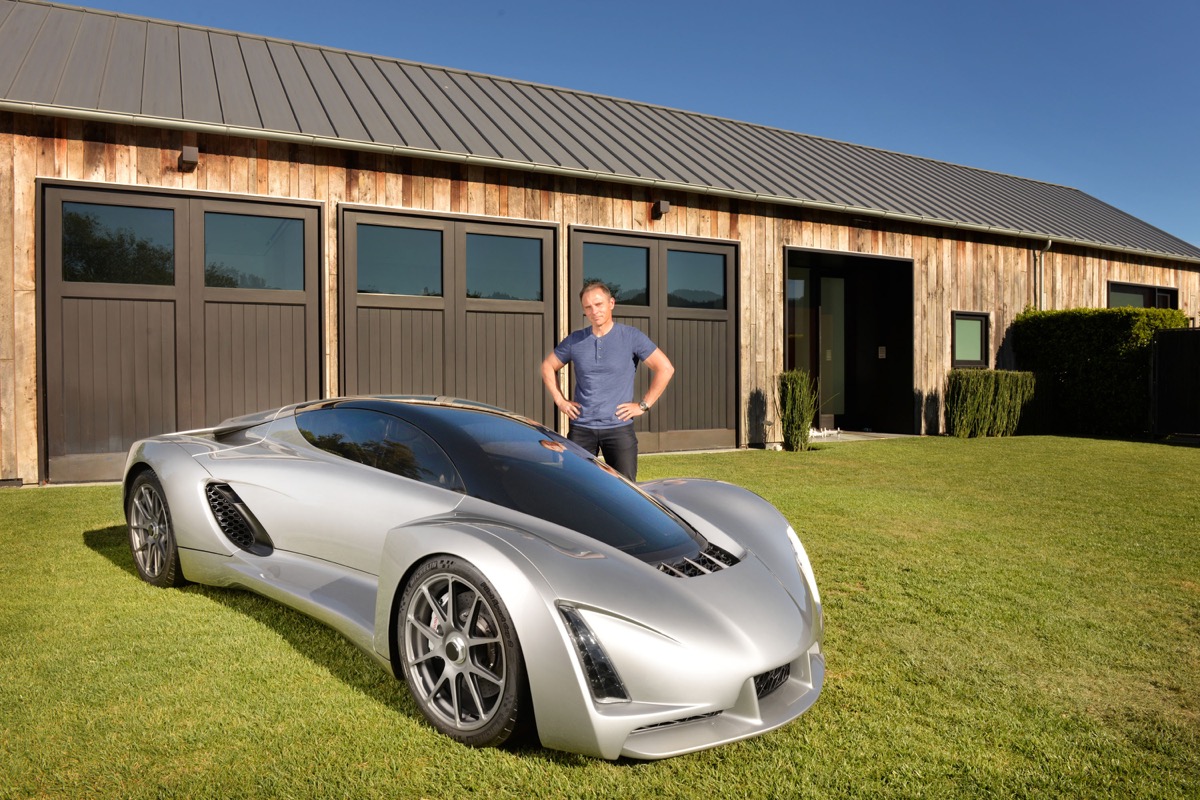
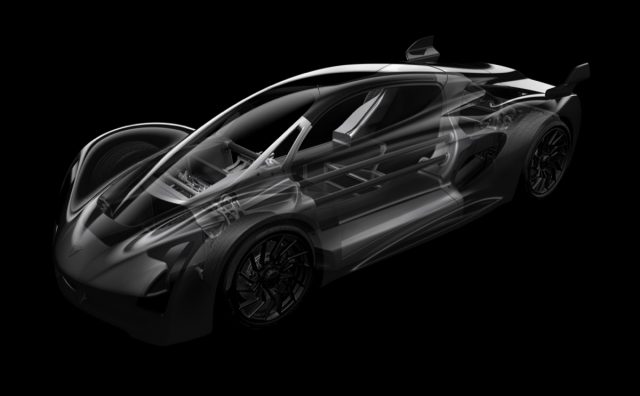
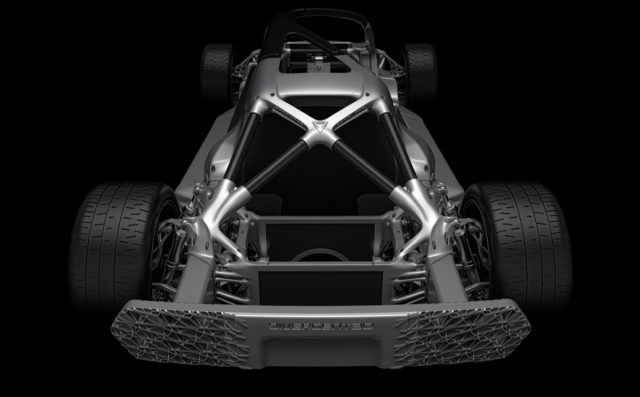
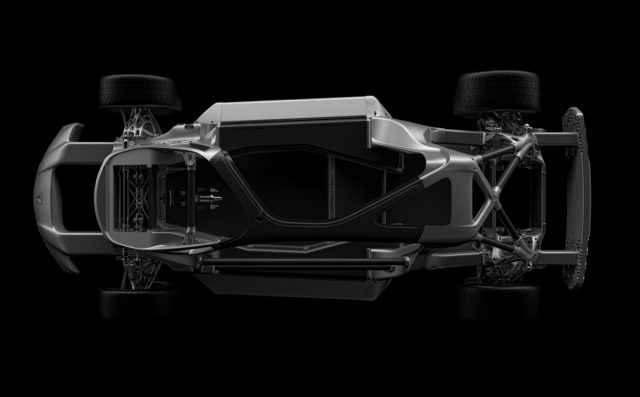
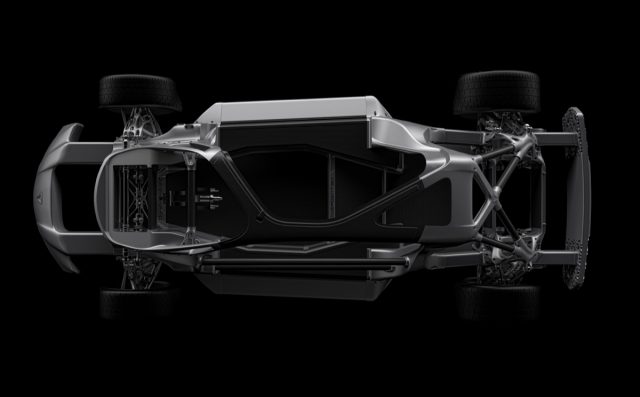


Founded by the current CEO Kevin Czinger, Divergent’s patented, end-to-end software-hardware solution incorporated 3D metal printing into the design, engineering and manufacturing of advanced vehicle structures for the automotive and aerospace industries. From very early one, its proprietary Divergent Production System was tailored to automate structural design and optimization for volume manufacturing of lightweight structures without upfront, capital-intensive factory and tooling investments.
On the road to NXG
In 2019 Divergent Technologies (Divergent 3D) purchased five pre-production next-generation AM systems from SLM Solutions, with the ultimate aim of manufacturing 3D printed components for hypercars. The two companies have been working under a Joint Development Partnership (JDP) since 2017.
That JDP involved the development of a “next-generation multi-laser machine” that can be used to fabricate metal automotive components and aerospace parts (which later became the 12-laser NXG system). Working towards that goal, SLM Solutions’ five “pre-production” machines have been used for “factory integration and system bulletproofing.”
Divergent’s vision is to change the car manufacturing landscape by fabricating printable automotive chassis and other metal structures at localized AM production centers. Over the last few years, the company has significantly heightened its reputation after creating functional 3D printed vehicles including the Blade supercar, once driven by Jay Leno.
In 2020, Divergent began a series production of safety-critical structures for OEM customers in the US and Europe and then proceeded to a customer rollout of advanced manufacturing facilities. The company is participating in “a number of major global carmaker programs,” and ultimately intends to operate 20 next-generation 3D printing systems at its factory.
Some of the new applications shown were the front quarter-section of its “fully functional and crashworthy” hypercar, complete with 3D printed chassis. Divergent will showcased lightweight suspension and chassis components, all of which were generatively engineered and validated, including a set of control arms.
Manufacturing on Demand
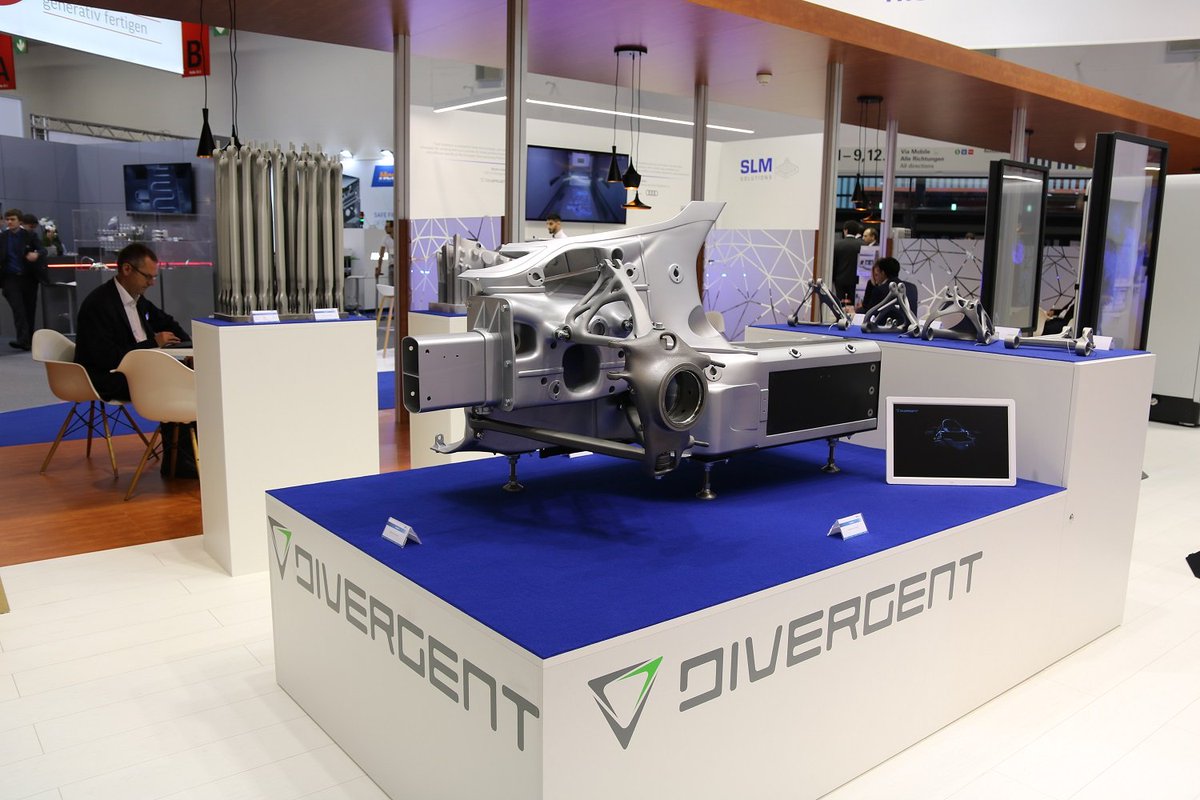
Those control arms were made using one of the pre-production AM systems developed jointly by SLM Solutions and Divergent, while the suspension and chassis structures — which have been put through their paces over 450,000 kilometers of simulated road conditions — were made using commercially available SLM Solutions systems such as the SLM 800, a large-format printer with a usable build volume of 500 x 280 x 850 mm. Eventually, however, all Divergent components will be made using the jointly developed next-generation machines.
“Alignment between the two companies across machines, software and materials will drive a step change from standalone AM machines to fully integrated smart factories,” said Kevin Czinger, Founder and CEO of Divergent, at the time.
Enter Czinger 21C
The new Czinger company was founded in 2020 in LA by Divergent3D founder Kevin Czinger, to produce its first hypercar, the Czinger 21C. Created by “21st-century artisans” using additive manufacturing technologies, the innovative hypercar will made its global debut at the upcoming Geneva International Motor Show that same year
Kevin Czinger is a visionary in the automotive sector, so it comes as no big surprise that he wants his name to be represented on one of his hypercars. His latest creation, the Czinger 21C, is his new company’s first production vehicle and bears all the hallmarks of his future-ready vehicle designs.

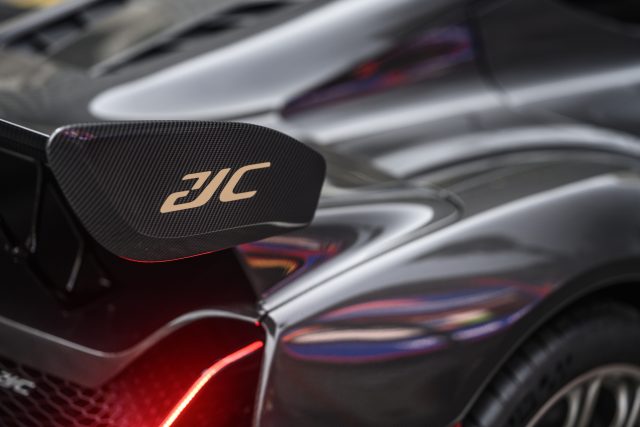
Designed, built and engineered by an LA-based team, the Czinger 21C is described as being the “first production vehicle of its time to use additive manufacturing methods to create performance-engineered componentry of this complexity, size and scale.” Czinger’s hypercar is based on an in-line seating configuration and integrates a hybrid powertrain that was developed in house. The vehicle also integrates a number of components produced using advanced manufacturing technologies, like 3D printing.
The company says of its first production vehicle: “Czinger is the first of its kind to develop novel additive manufacturing technologies to devise a groundbreaking hypercar. From a cutting-edge chassis and bespoke structures to pioneering high-performance components, Czinger has crafted a revolutionary hypercar fit for the 21st century.
Real tool-less manufacturing
Today the Czinger 21C is a real hypercar with 1250 BHP of hybrid power – 950 from the twin-turbo V8 and 300 from the EV system. Perhaps most importantly, from our point of view, is that the vehicle’s structure requires zero toolings during the manufacture of the parts nor for their assembly.
Can you count how many 3D printed parts are in these photos?
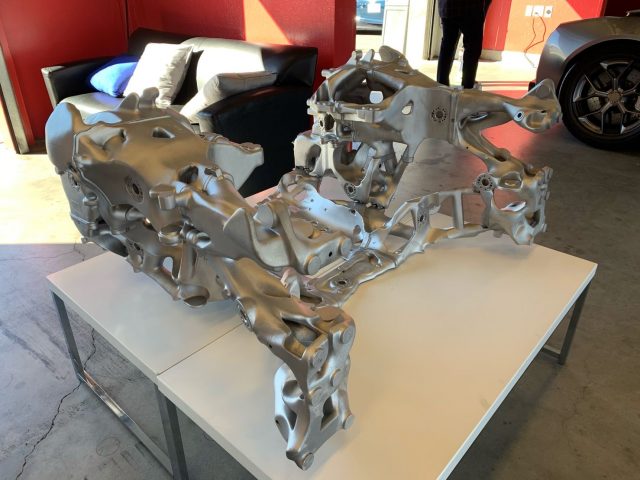
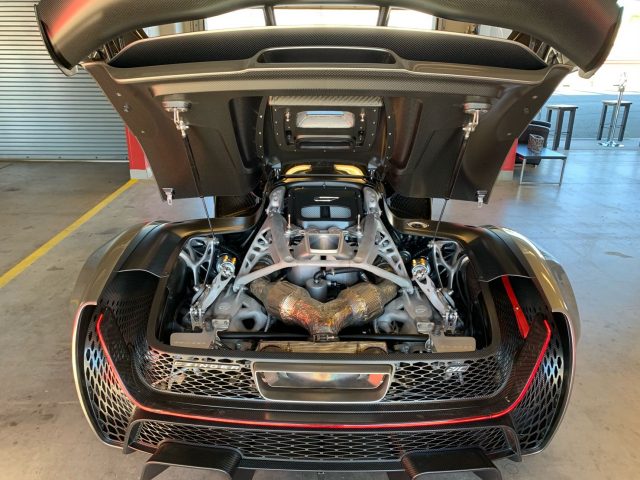
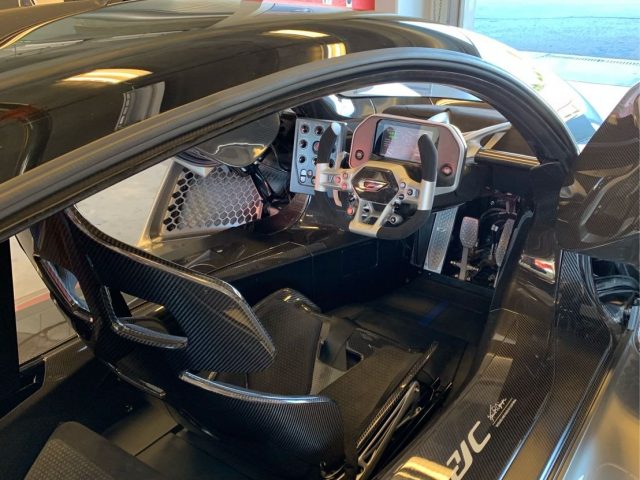

* This article is reprinted from 3D Printing Media Network. If you are involved in infringement, please contact us to delete it.
Author: Davide Sher

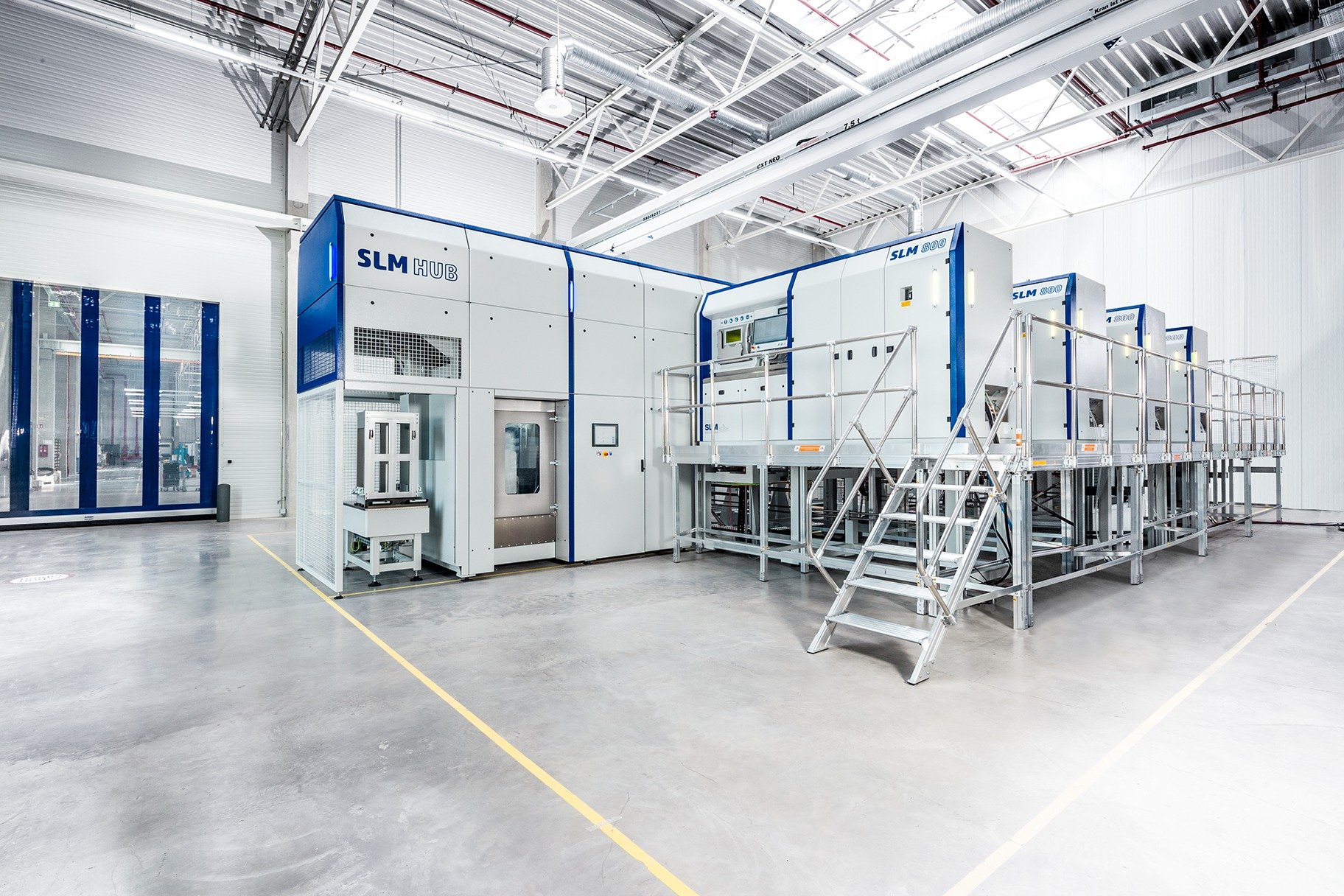
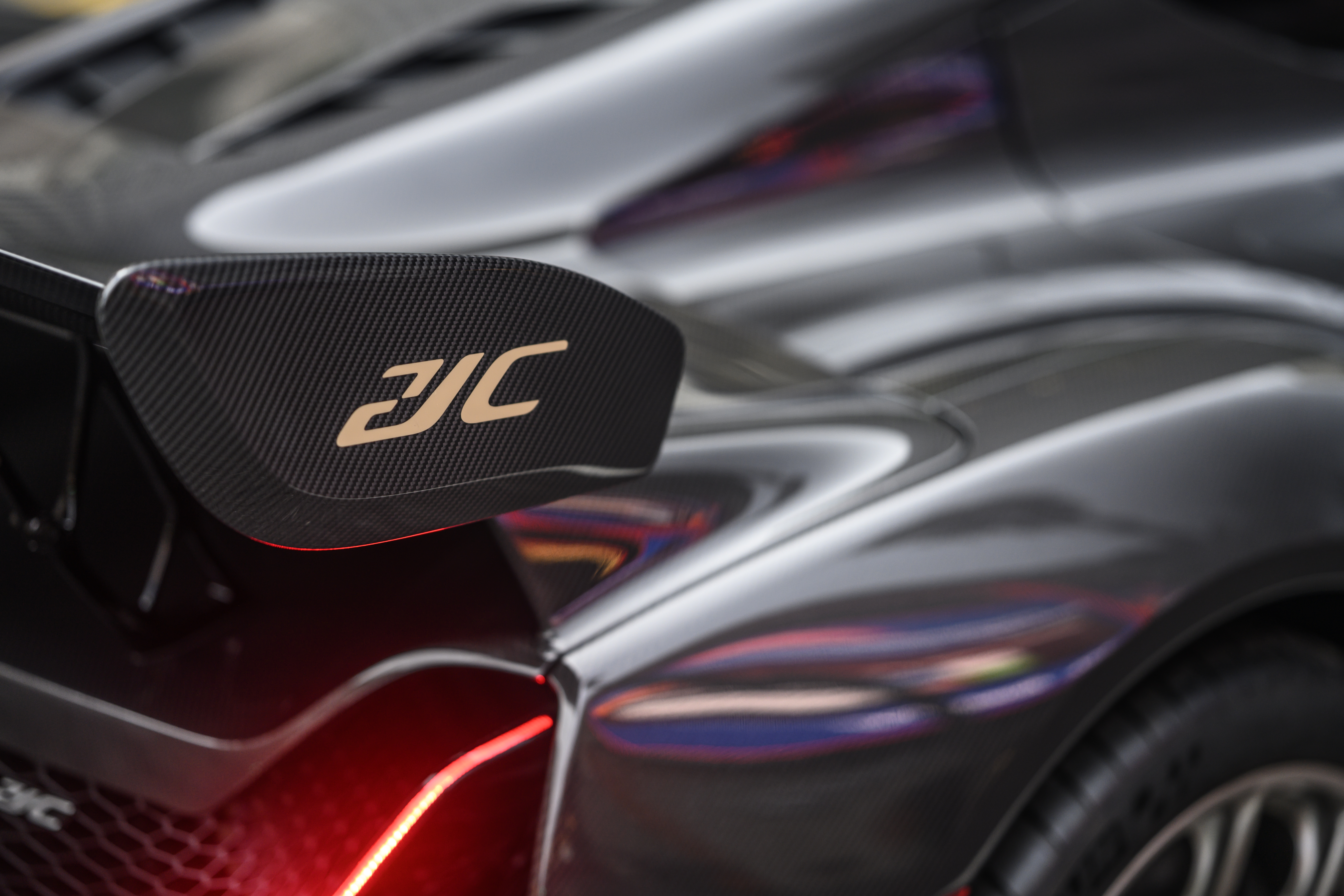
Leave A Comment